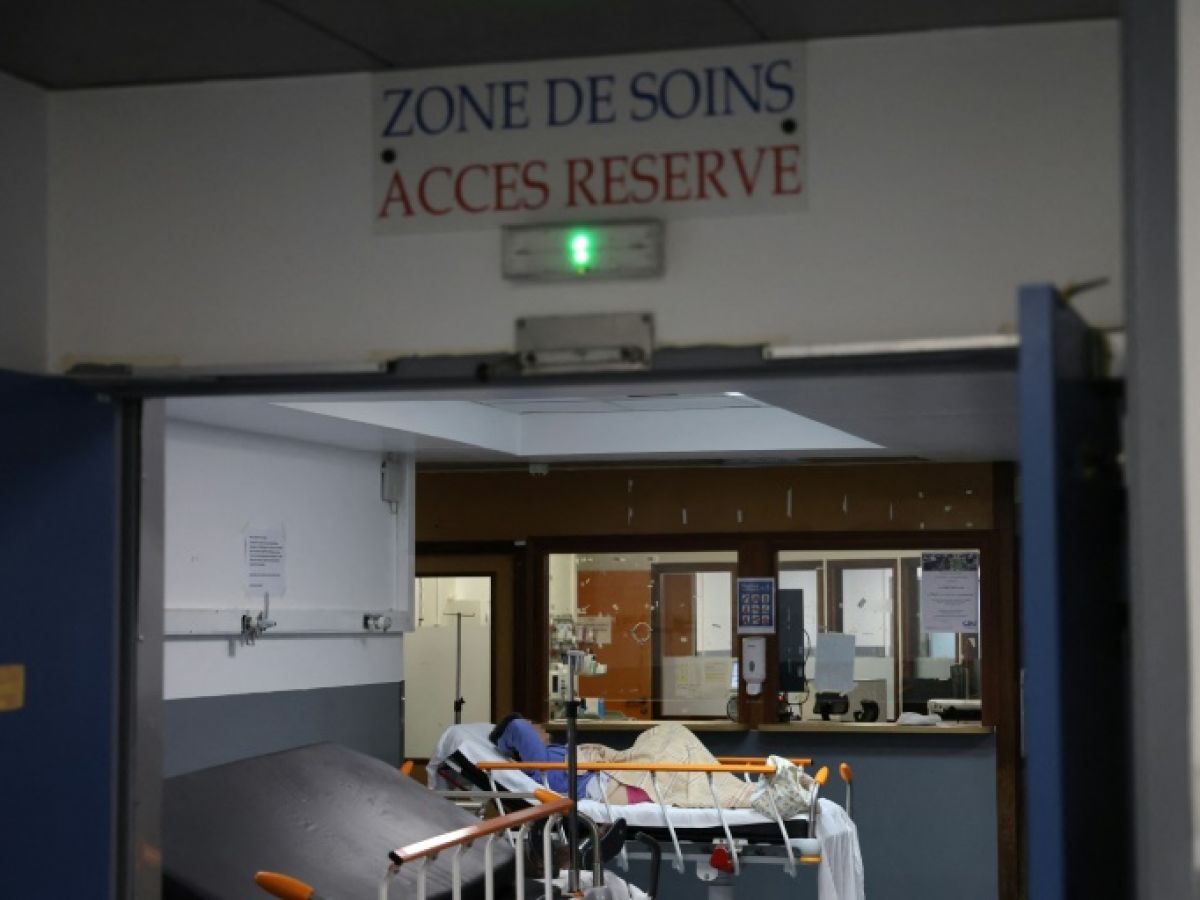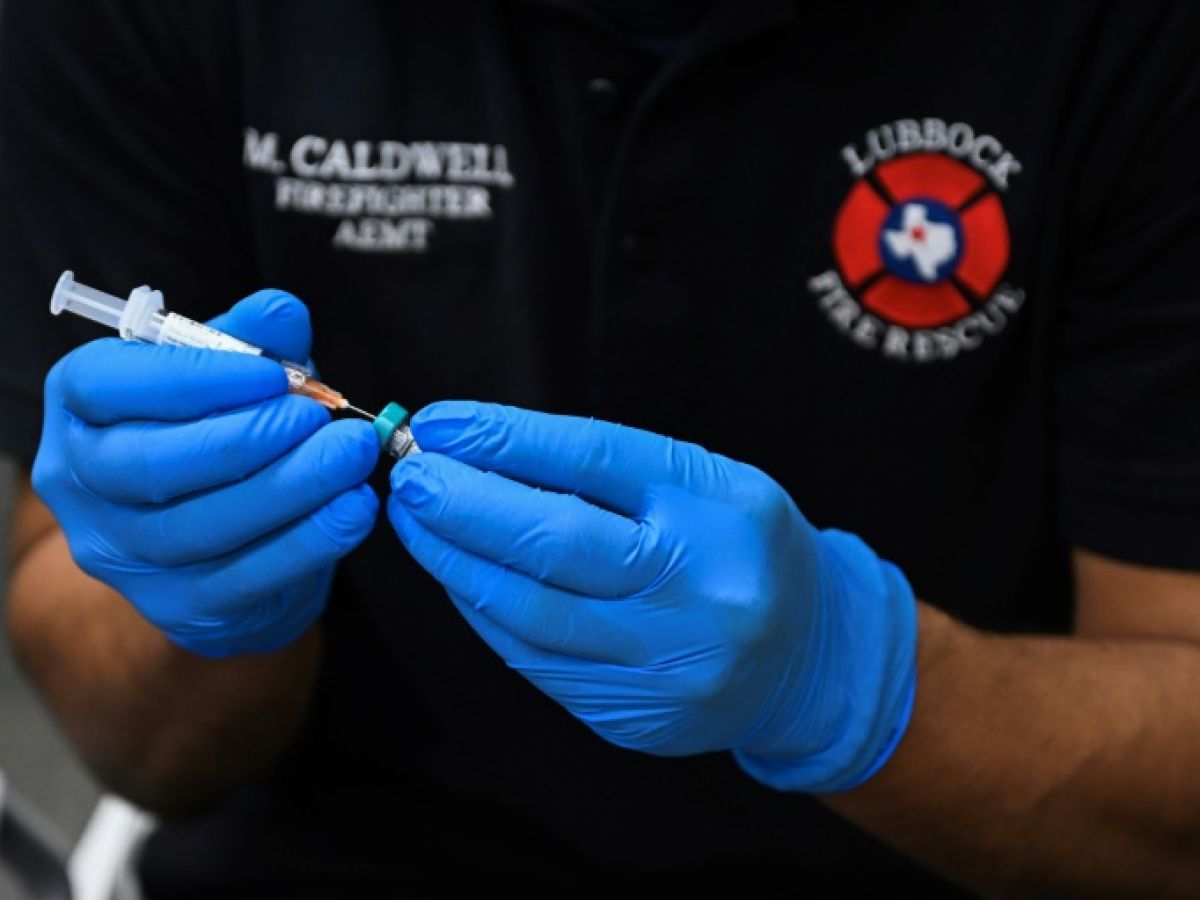In France, cocaine consumption carries a " significant weight " on the hospital and emergency services, where the number of visits related to it tripled between 2012 and 2023, before stabilizing last year, Public Health France (SpF) stated on July 24. In 2024, 5,067 visits to the emergency room related to cocaine use and 1,619 hospitalizations (following a visit) were recorded, which marks a stabilization at " high levels " After " a continuous increase since 2012", announces the health agency.
These rates of visits to emergency rooms are " very high in Guyana, Provence-Alpes-Côte d'Azur and Occitanie", details SpF - whose figures include overseas territories excluding Martinique and Mayotte -, which notes "strong regional disparities". The specialized addiction centers (CSAPA) indicate that cocaine is " more frequently reported as the primary substance for new patients entering treatment“.
Over the past 10 years, the number of hospitalizations linked to the use of this drug, the second most consumed illicit substance in the world after cannabis, has quadrupled in France. These figures attest to the risks associated with cocaine use and the " significant weight" , " for the health of the French and for emergency services and hospitals", cocaine use in France, says SpF.
Thus since 2012, the rate of visits to emergency rooms related to cocaine use has " more than tripled", until 2023, indicates the health agency, like the number of consumers and deaths directly linked to this consumption, reported by the OFDT. In 2023, 10% of adults had already consumed it in their life and 3% in the last 12 months, according to this source.
Men consume more
In addition to addiction, cocaine use can lead to acute medical consequences, mainly cardiovascular – myocardial infarction, stroke, thrombosis – and psychiatric – depression, anxiety, suicide attempts –, recalls SpF.
Between 2012 and 2024, out of 32,749 emergency room visits related to cocaine use, approximately three-quarters (74%) involved men and the median age was 32 years, corresponding to the profile of the highest users within the general population.
During this period, emergency room visits related to cocaine use were " frequently associated with diagnoses of other substance use" , in " first of all alcohol "(29%), notes SpF, whose data agree with those of the Drugs Info Service system. These other substances were: narcotics (including opiates, 14%), cannabis (11%) and benzodiazepines (7%).

